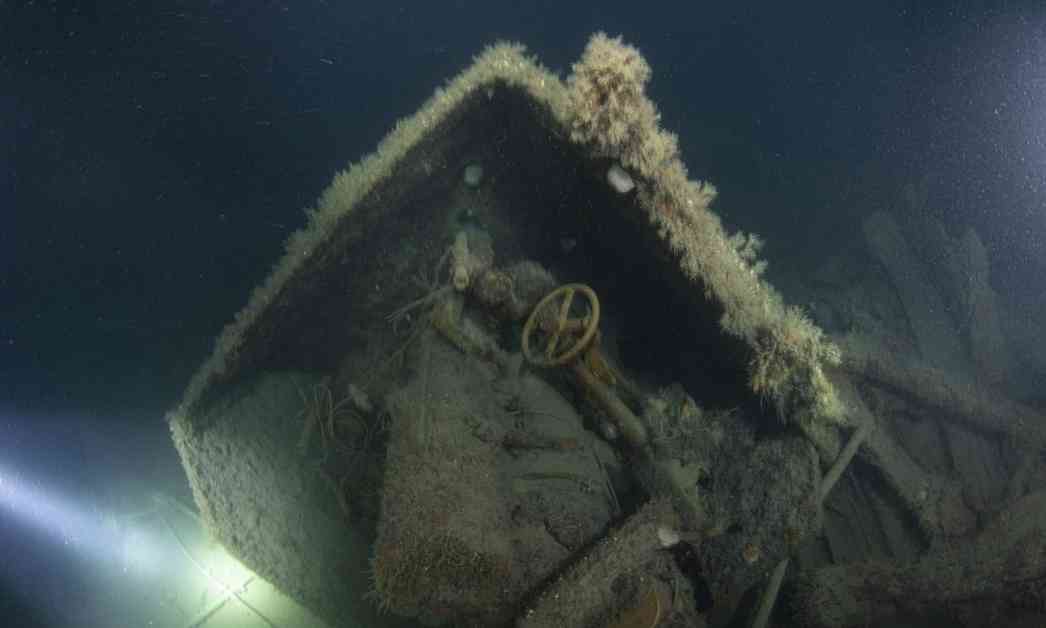Haunting images have resurfaced of the HMS Hawke, a Royal Navy vessel that was torpedoed during a patrol of the North Sea in 1914. The ship now rests on the North Sea floor, and deep-sea divers recently confirmed its identity. The discovery of the wreckage, located about one kilometre away from its estimated location, has shed light on the final moments of the ship and its crew.
The divers from Lost Waters Deep, an organization dedicated to finding lost shipwrecks, uncovered significant features of the HMS Hawke. This includes two large guns, an Admiral’s walkway, navigation equipment, and well-preserved teak decking. The condition of the vessel has been described as a “remarkable time capsule” by one of the divers, Steve Mortimer. The presence of Royal Navy crockery and other artifacts on the deck adds to the historical significance of the site.
The confirmation of the HMS Hawke’s identity by the Royal Navy marks a significant milestone in honoring the memory of the 526 souls lost on that fateful day in 1914. Kevin Heath, the leader of Lost Waters Deep, expressed relief and satisfaction upon receiving confirmation of the wreck’s identity. He highlighted the extensive research and dedication that went into locating the sunken vessel.
Lieutenant Commander Jen Smith, who participated in the dives to locate the wreck, emphasized the importance of these efforts in preserving the memory of the sailors who made the ultimate sacrifice. The discovery of the HMS Hawke and the confirmation of its identity serve as a tribute to the bravery and service of those who served aboard the vessel. The protection of the site for future generations ensures that the legacy of the 526 lost souls will not be forgotten.
The efforts of organizations like Lost Waters Deep and the collaboration with the Royal Navy demonstrate a commitment to honoring the maritime history and heritage of the UK. The discovery of the HMS Hawke provides closure for the families of the crew members and allows for a deeper understanding of the events that unfolded during World War I. It serves as a reminder of the sacrifices made by sailors and the importance of preserving their memory for future generations.












